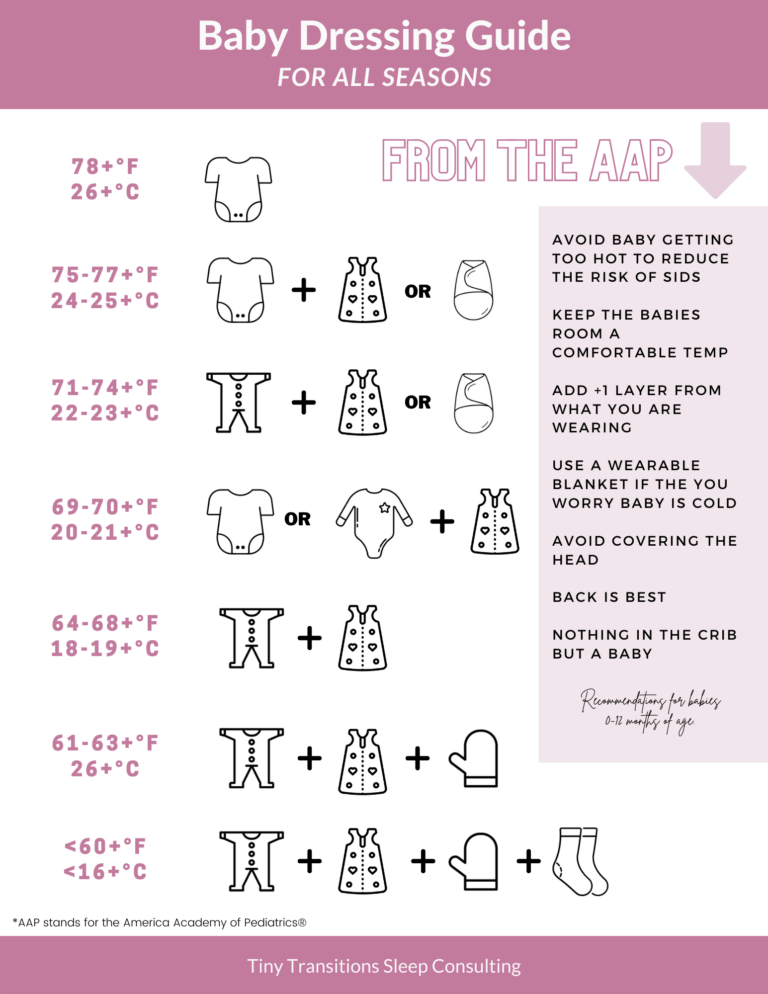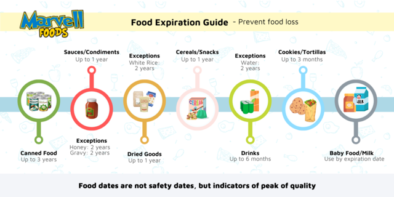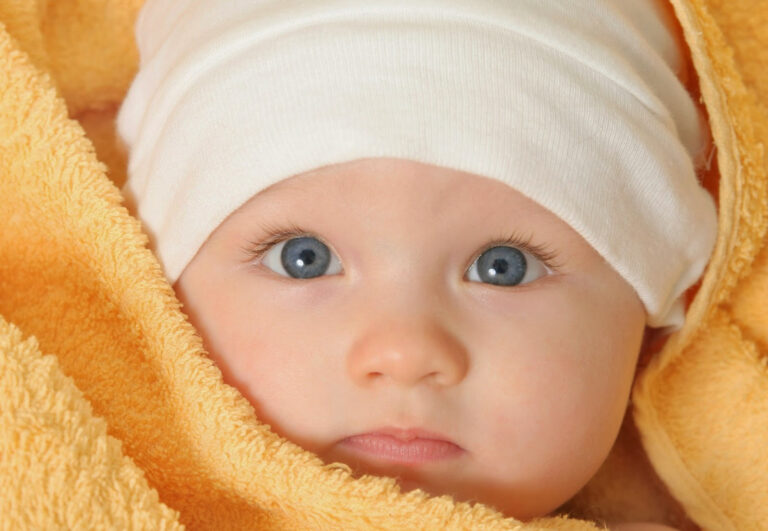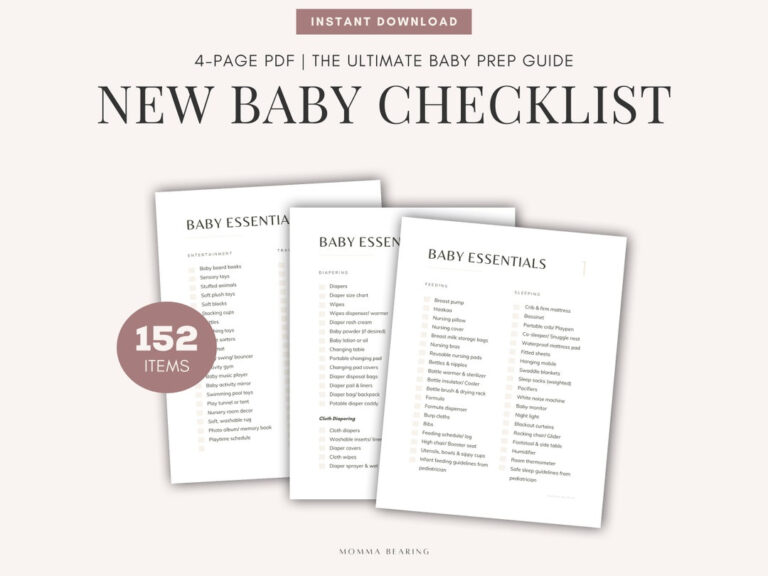Do Diapers Go Bad? Exploring Shelf Life and Storage
Diapers are an essential part of parenting, but how long do they last? Do diapers go bad? This comprehensive guide will delve into the intriguing world of diaper shelf life, storage conditions, and the potential consequences of using deteriorated diapers.
From the materials used in their construction to the environmental factors that can affect their quality, we will uncover the secrets of diaper longevity. We will also explore alternative diaper options and provide practical tips for storing and handling diapers to ensure optimal performance and minimize waste.
Diaper Composition and Shelf Life
Disposable diapers are composed of several layers of materials, including a waterproof outer layer, an absorbent core, and a soft inner lining. The outer layer is typically made of a plastic material, such as polyethylene, which prevents leaks. The absorbent core is made of a highly absorbent material, such as cellulose or polyacrylate, which absorbs and retains urine and feces. The inner lining is typically made of a soft, non-woven material, such as polypropylene, which helps to keep the baby’s skin dry and comfortable.
The shelf life of unopened disposable diapers is typically two to three years. However, this can vary depending on the brand of diaper and the storage conditions. Diapers that are stored in a cool, dry place will have a longer shelf life than diapers that are stored in a hot, humid place.
Factors Affecting Shelf Life
- Temperature: High temperatures can cause the materials in diapers to break down, which can reduce their absorbency and increase the risk of leaks.
- Humidity: High humidity can cause the diapers to absorb moisture from the air, which can make them less absorbent and increase the risk of leaks.
- Light: Light can cause the materials in diapers to break down, which can reduce their absorbency and increase the risk of leaks.
Factors Affecting Diaper Deterioration
The lifespan of diapers can be affected by a number of factors, including storage conditions and exposure to sunlight and air.
Storage Conditions
- Temperature: Diapers should be stored in a cool, dry place. High temperatures can cause the materials in diapers to break down, leading to leaks and other problems.
- Humidity: Diapers should also be protected from humidity. High humidity can cause the materials in diapers to become damp, which can lead to the growth of bacteria and other microorganisms.
Exposure to Sunlight and Air
- Sunlight: Sunlight can damage the materials in diapers, causing them to become weak and brittle. This can lead to leaks and other problems.
- Air: Air can also damage the materials in diapers, causing them to become dry and brittle. This can also lead to leaks and other problems.
Signs of Diaper Deterioration
Diaper deterioration is a common issue that can affect the performance and safety of diapers. Deteriorated diapers may not be able to absorb urine effectively, leading to leaks and discomfort for the wearer. In some cases, deteriorated diapers can even cause skin irritation or infections.
There are a number of physical and chemical changes that can indicate diaper deterioration. These changes can be caused by a variety of factors, including exposure to heat, moisture, or sunlight.
Visible Signs
Some of the most common visible signs of diaper deterioration include:
- Discoloration: Diapers that have been exposed to heat or sunlight may become discoloured. This is because the dyes used in diapers can break down over time, causing the diaper to fade or turn yellow.
- Brittleness: Diapers that have been exposed to heat or moisture may become brittle. This is because the materials used in diapers can become dry and brittle over time, making them more likely to tear or break.
- Unusual odor: Diapers that have been exposed to moisture or bacteria may develop an unusual odor. This odor is often caused by the growth of bacteria on the diaper.
Consequences of Using Deteriorated Diapers
Utilizing knackered nappies can be a right pain in the neck, mate. Not only do they pose potential health risks, but they can also mess up their primary function, leaving your little one feeling damp and uncomfortable.
Health Risks
- Bacterial Infections: Deteriorated nappies can become breeding grounds for nasty bacteria, which can lead to skin infections like diaper rash, urinary tract infections, and even sepsis.
- Allergic Reactions: The materials in knackered nappies can break down and release chemicals that can trigger allergic reactions, causing skin irritation, redness, and itching.
Diaper Effectiveness Compromised
When nappies go off, they can’t absorb as much liquid as they should. This can result in:
- Leaks: Nappies that are too full can leak, making a right mess and leaving your baby feeling wet and uncomfortable.
- Skin Irritation: Leaking nappies can cause skin irritation, leading to redness, soreness, and discomfort.
Proper Diaper Storage and Handling
Preserving the integrity of diapers is crucial to ensure their effectiveness and prevent potential health hazards. Proper storage and handling practices are essential to maintain their quality and functionality.
Guidelines for Optimal Diaper Storage
- Cool and Dry Environment: Store diapers in a cool, dry place, away from sources of moisture and heat. Avoid storing them in damp basements, humid bathrooms, or near heating appliances.
- Sealed Containers: Keep diapers in airtight containers or resealable bags to protect them from dust, moisture, and insects. This helps preserve their absorbency and prevents contamination.
- Avoid Extreme Temperatures: Diapers should not be exposed to extreme temperatures, such as freezing or prolonged heat. This can damage the materials and affect their absorbency.
Best Practices for Diaper Handling
- Avoid Excessive Folding: Excessive folding or creasing can weaken the diaper’s structure and reduce its absorbency. Fold diapers gently and avoid sharp creases.
- Handle with Care: Avoid rough handling, such as throwing or dropping diapers. This can damage the materials and compromise their integrity.
- Dispose of Used Diapers Promptly: Dispose of soiled diapers immediately in a diaper pail or trash bin with a lid to prevent odors and the spread of bacteria.
Alternative Diaper Options

Disposable diapers have dominated the market for decades, but reusable diapers are gaining popularity due to their environmental and cost benefits. Let’s explore these alternatives and compare them to disposables.
Reusable diapers are made from washable materials like cotton, bamboo, or microfiber. They come in various styles, including prefolds, fitted, and all-in-ones. Prefolds are rectangular pieces of fabric that require folding before use. Fitted diapers resemble disposable diapers but are made of reusable materials. All-in-ones are complete diaper systems that include a waterproof outer layer and an absorbent inner layer.
Shelf Life and Maintenance
Reusable diapers have a longer shelf life than disposables. They can be washed and reused multiple times, typically lasting for several years. However, they require regular washing and maintenance. Disposables, on the other hand, are designed for single-use and have a limited shelf life of around two to three years.
Q&A
Can I use expired diapers?
It is not recommended to use expired diapers as they may have deteriorated and lost their absorbency, leading to leaks and discomfort.
How long do unopened diapers last?
Unopened disposable diapers typically have a shelf life of 2-3 years when stored in optimal conditions.
What are the signs of diaper deterioration?
Signs of diaper deterioration include discoloration, brittleness, an unusual odor, and reduced absorbency.
Can reusable diapers go bad?
Yes, reusable diapers can go bad if not properly cared for. They should be washed and dried regularly to prevent the growth of bacteria and maintain their absorbency.
How can I store diapers to prolong their shelf life?
Store diapers in a cool, dry place away from direct sunlight and moisture. Avoid excessive folding or crushing, as this can damage the diapers.





